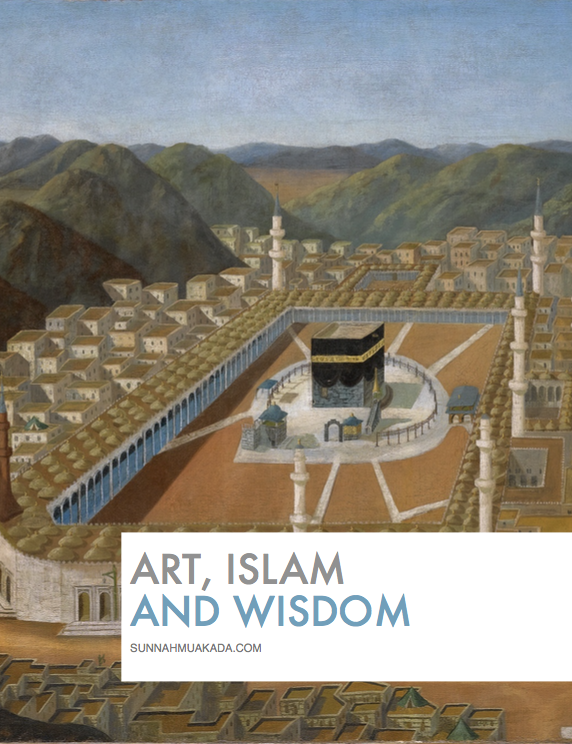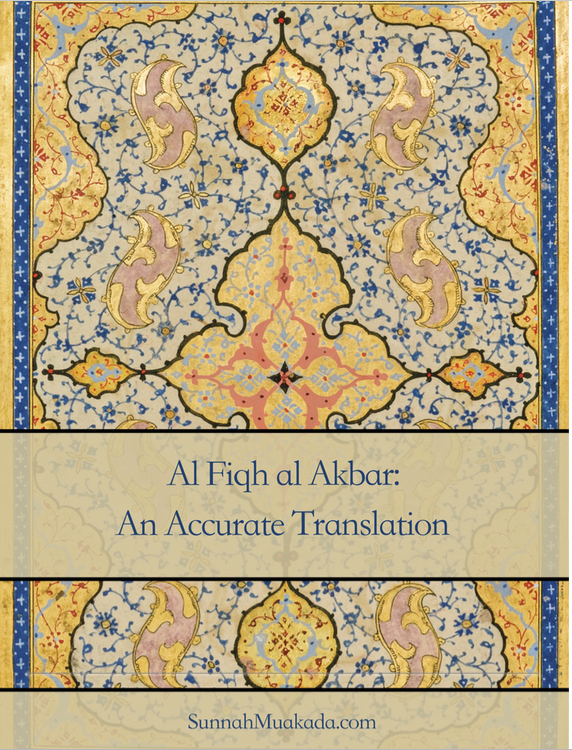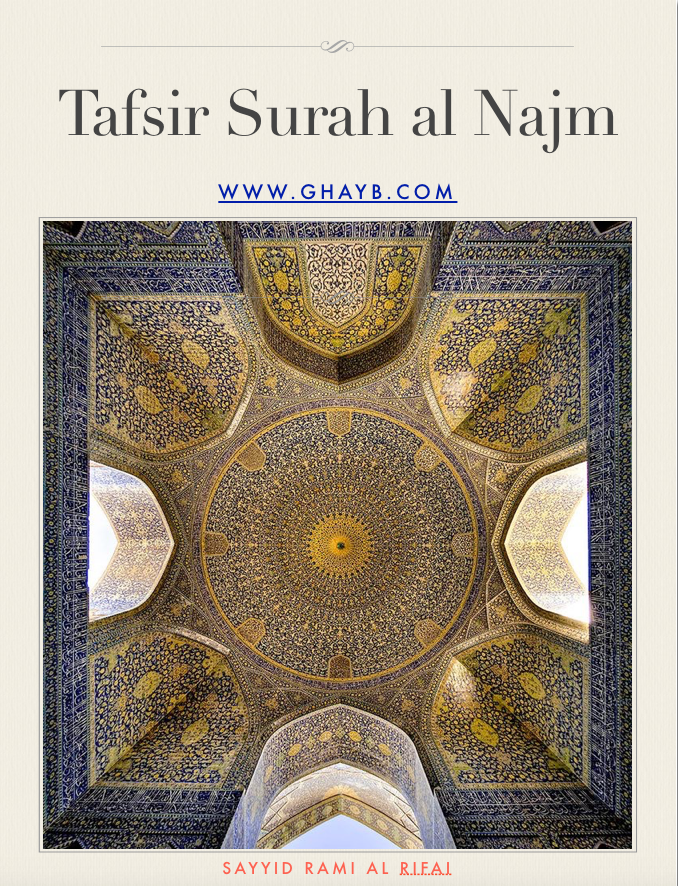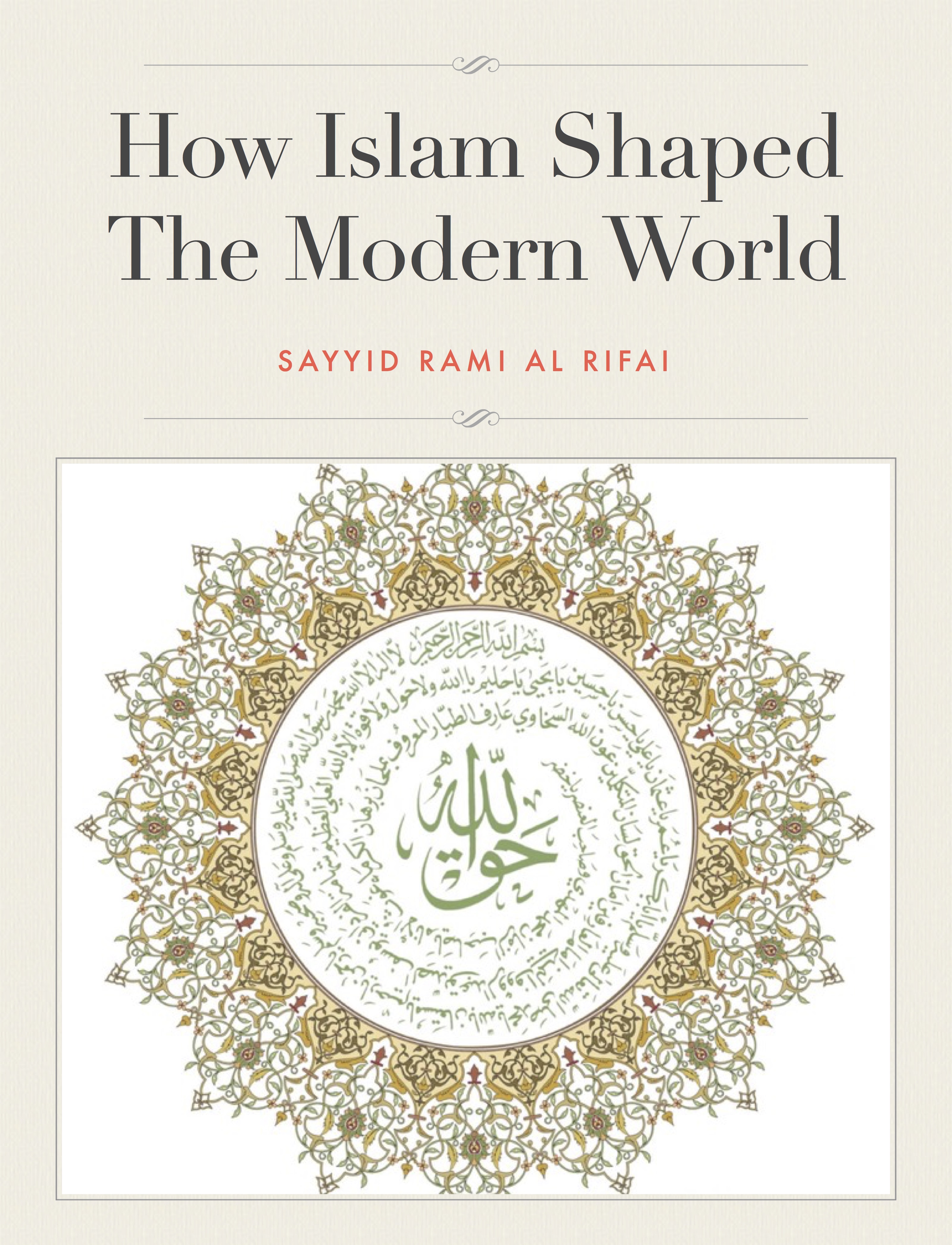My Other Books
Art and Islamic Architecture

The Essence of Islamic Art
From the first thousand years of Islam, since the first revelations to the Prophet Muhammad (pbuh) to the great Islamic empires of the eighteenth century, Islamic civilization flourished, Muslims made remarkable advances in philosophy, science, medicine, literature, and art. The uniting of so many diverse cultures under one religion allowed for the quick dissemination of the latest discoveries to all parts of the Islamic realm. Paper making from China, “Arabic” numerals from India, classical science and philosophy, along with significant contributions in chemistry, physics and mathematics were all quickly shared via the trade routes the Islamic international civilization had established from Western Africa and Europe to Asia. Islam fostered the development of a distinctive culture with its own unique artistic language that is reflected in art and architecture throughout the Muslim world.
Gradually, under the impact of the Muslim faith a uniquely Islamic art began to emerge. The rule of the Umayyad caliphate (661–750) is often considered to be the formative period in Islamic art. One method of classifying Islamic art, is according to the dynasty reigning when the work of art was produced. This type of periodization follows the general precepts of Islamic history, which is divided into the rule of various dynasties, beginning with the Umayyad and Abbasid dynasties that governed a vast and unified Islamic state from Africa to the borders of India and China, and concluding with the more regional, though powerful, dynasties such as the Safavids, Ottomans, and Mughals.
Art Islam and Wisdom

Art, Islam and Wisdom is an art book created to display Islamic art. The first chapter displays art created by my self inspired by modern influences, the second chapter display’s Islamic Art in Armour and Weapons from the Islamic world including the weapons of the Prophet (saws). The final Chapter contains art relating to the Hilya of the Prophet Muhammad (saws), Quranic and Hadith Manuscripts as well some of the Prophets (saws) relics.
Al Fiqh Al Akbar: An Accurate Translation

Modern translations of Imam Abu Hanifa’s al Fiqh al Akbar have attributed anthropomorphic (claiming that Allah has a form or body) views to the Imam. Salafi’s have claimed such beliefs regarding the Imam, despite the fact his most famous work on Aqeedah (Theology) was written to refute the heretical sects that arose in his time claiming the Anthramorphism of Allah, and to clearly define the Aqeedah of Ahl al Sunnah wal Jama’ah (Islam). This Work presents an accurate translation of al Fiqh al Akbar along with a discussion on the history of Aqeedah in relation to the work.
Islam and Children

When my niece was born about a year ago my family asked me to write a book on children and Islam, while this book isn't completely an original work it is taken from chapters in The Islamic Journal and arranged specifically for this subject, to which i have added much from Imam Ghazali's great work Ihya Ullum al Deen.
Bismillah Rahmani Raheem
The Prophet Muhammad (s) said: “Every one of your (people) is responsible, and everyone is responsible for whatever falls under his responsibility. A man is like a shepherd of his own family, and he is responsible for them” (Bukhari and Muslim).
The Messenger of Allah (Allah bless him and give him peace) said, “When a Muslim dies, his actions are cut off from him except from three, continual charity (sadaqa jariya), knowledge he benefited from or a righteous child who supplicates for him” [Muslim]
Tafsir Surah al Najm

Allah often in the Quran mentions six, seven, nine, twelve or more scientific themes one after the other to draw the bigger picture of life. In this surah Allah does this to defend the prophet (saws) from the accusation levelled at him by the pagans that He is incapable of receiving revelation, but He also does something very unique which we will show by the end of the Tafsir.
The Hidden meanings in the Quran relate to the scientific themes Allah is mentioning in each verse and how those topics then scientifically relate to each other, because this is Allah’s knowledge of the Universe and every word of Allah is deliberate and purposefully phrased, this Tafsir goes through these themes verse by verse to show the deeper side of Allah's words that were hidden until our time of science...“In time We shall make them fully understand Our messages”…(Quran 41:53)
How Islam Shaped The Modern World

This book is the first two issues of the Islamic Journal compiled in this format because of the topics they cover.
When the question is asked what are Islam’s contributions to civilization, often the focus is on scientific development, to the ancient world this is by far the most misleading standard for advancement and development. While Islam was certainly the most advanced civilization of the ancient world it’s social and moral development is what set it apart from the rest of the world.
Social and moral development in the ancient world had a far more significant impact on a society than scientific development, although still important in many ways, this is because ideology changed how the entire community behaved and lived their lives.

